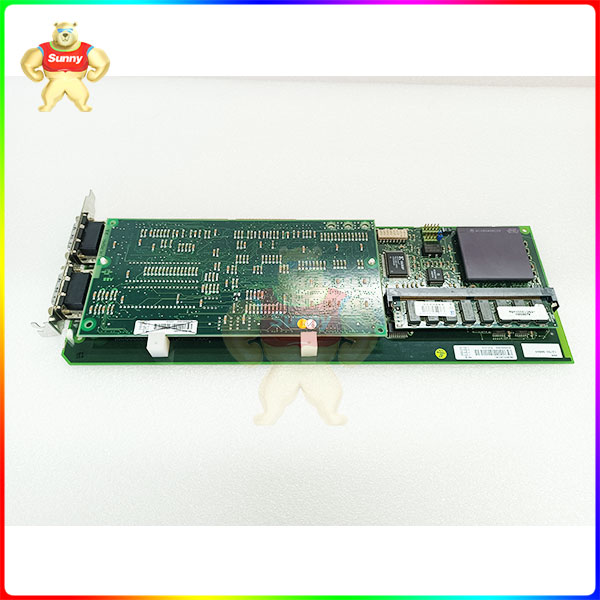Artificial intelligence can bring more intelligent control systems to industrial robots.
At present, online shopping has become the norm, all kinds of e-commerce has flourished, and the number of packages under the shopping carnival is amazing. According to the monitoring data of the State Post Bureau, as of June 24, 2023, the national express delivery volume this year has reached 60 billion pieces, 172 days ahead of the 60 billion pieces in 2019, and 34 days ahead of 2022.
A wide variety of different shapes of items gathered together, behind the scenes are thousands of staff sorting, packaging, handling and other work, the warehouse of the busy scene can be imagined.
Can we use the power of technology to ease some of the burden on people? The answer is yes. For example, the AGV car, called the “warehouse handling efficiency artifact”, can replace manual rapid handling of goods and is widely used in the field of intelligent warehousing.
The robot handling system of Shanghai Siemens Switch Co., LTD. (SSLS) is an important part of intelligent logistics and warehouse management in the factory.

Sorting, it may be asked, is nothing more than picking up the corresponding items and putting them back down, so why can’t such a simple action be automated? The reason lies in the complexity of the human brain. For the “small matter” of grasping something, the human brain will quickly identify the grasping point of different objects, and the robot does not have such cognitive ability.
If the robot arm is the “arm” of an industrial robot, it enables it to grasp the action; Then the camera is the “eye”, so that the robot can recognize and track the object based on visual technology, and achieve “hand-eye coordination”. However, the robot lacks the “brain” of independent thinking, and cannot adjust the grasping strategy independently and carry out disorderly sorting in a mixed and obscured environment. Even by creating established programs, industrial robots can only recognize the grasp point of “known” items, that is, the placement of fixed, shaped objects.
In fact, not only in the logistics industry, but also in the warehouses and production lines of all walks of life, disorderly sorting tasks can be seen everywhere, and more than 90% need to rely on manual completion, and the cost can not be naturally reduced.
Siemens AI solutions give robots a “brain” that can think for themselves.
In response, colleagues at Siemens’ factory automation division proposed an innovative technological route: let AI learn the basic geometric features of a large number of objects. This is different from the traditional point-to-point teaching grasping scheme and the grasping scheme based on product appearance template matching, which can enable the system to fundamentally learn the skill of “grasping” and achieve “zero training” plug and play. Siemens’ deep learning vision software SIMATIC Robot Pick AI was born. It can be paired with any robot arm and industrial camera, so that industrial robots can easily “pinch” stacked chaotic and diverse structures of objects, and truly achieve disorder grasp!
 中文版
中文版




